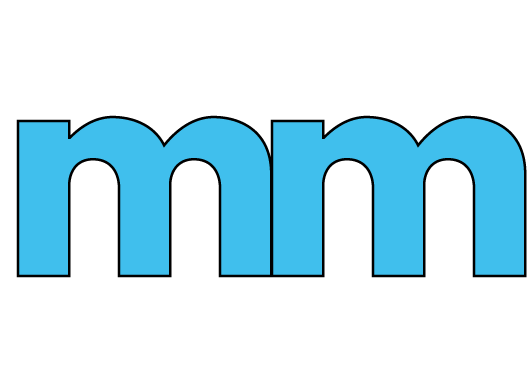This post was originally commissioned for the Career Academy Blog for the Digital Learning Day. This is part one of three. You can read the original post here.
Digital Learning Day: A Series
Social media has so much potential to do great things for our society. Social media is a game changer for education. In order to maximize its usefulness, we must first agree to use it in appropriate ways. No longer can social media be the place to vent, to tease, to make fun of. Social media has a greater role in our society and can impact much of what we do in our future. Social media has already begun to change education. Are you willing to be on board?
Social media has influenced education in three main ways: the students, the parents, and the teachers. Students have the opportunity to connect in ways that we have never thought of before. They have the world at their finger tips and can make contact with all kinds of people. For starters, as a Project Based Learning school, students can reach out to experts in the field that they are studying. Twitter, for example, has shifted from the pure microblogging that it was in the beginning and is now a place to go to connect with experts and others. Twitter’s purpose has shifted and it would allow our students to make real world connections with professionals in the field and get feedback about their projects (this is why digital citizenship is so important, what message do you want to send a professional?). Think about the research opportunities that can be provided by a professional in the field. Think about the growth that our students could show by interacting with professionals in the field. Think about the collaboration that can occur when when a student is being mentored by a professional, a professor, or an expert in the field.
Students can also learn the appropriate behaviors for online use at a young age. I know of an elementary classroom in Northern Michigan that uses twitter to send daily messages to the parents. The students type the messages and prepare them, with the understanding that the teacher will approve them before they go out to the public. This system teaches students about what is appropriate and inappropriate to send out, as early as second grade! Digital citizenship says more about who the person is overall than just the behaviors online. Teaching this life skill in a digital world is essential to the growth and well being of the whole society, not just the digital one. Teachers are also using paper “social” media in elementary classrooms to teach students appropriate online behaviors. Students might be asked to summarize a lesson in a tweet on paper, or create a historical paper Facebook page for an author or president. Social media is entering the classroom in many positive ways.
Social media also allows students to have endless learning opportunities. No longer does learning have to stop when a student leaves the classroom. Social media provides a way to reinforce difficult learning objectives as well. Connecting with others via social media to have discussions, asks questions, and continuously make relevant connections to the real world. Social media is a game changer in education.
While social media may have its dark side, it is important to note the positives. Social media in schools can land students jobs, opportunities, and provide them with examples of real-world applications. Students using social media have landed jobs, scholarships, and internships for their thoughts, ideas, and opinions. Becoming a positive force on social media can land a student numerous opportunities. It is essential that students are learning these skills and have positive outlooks on them. Social media will follow a student, and the question becomes what type of following do you want students to have on social media?
